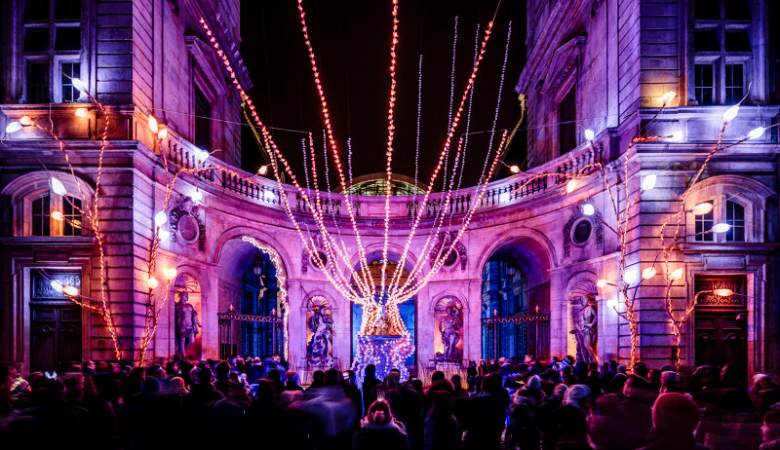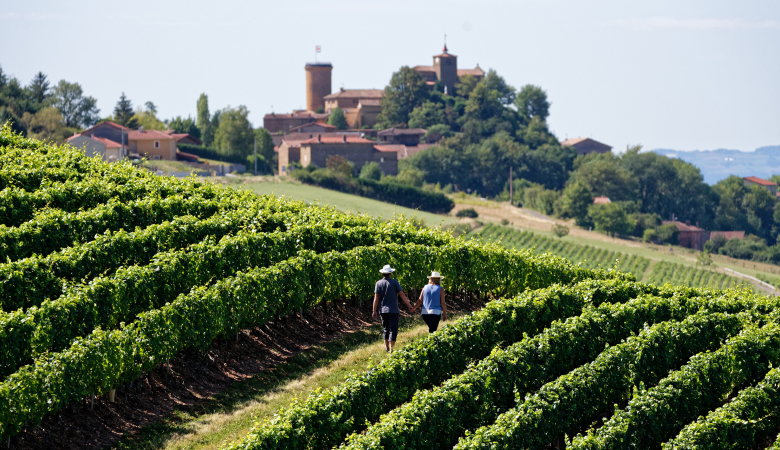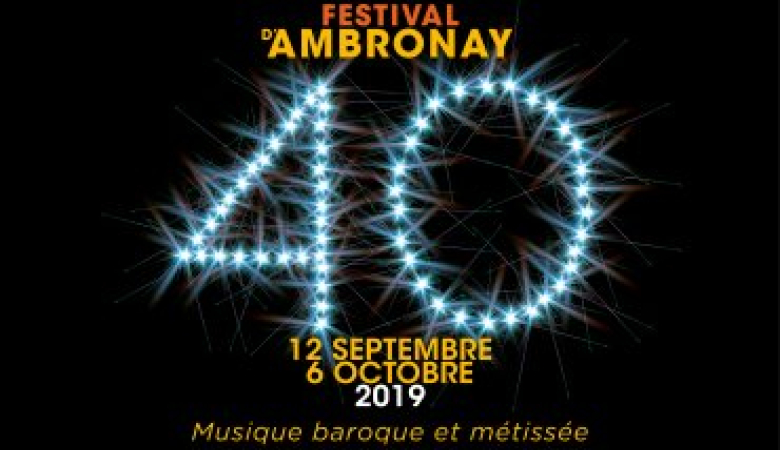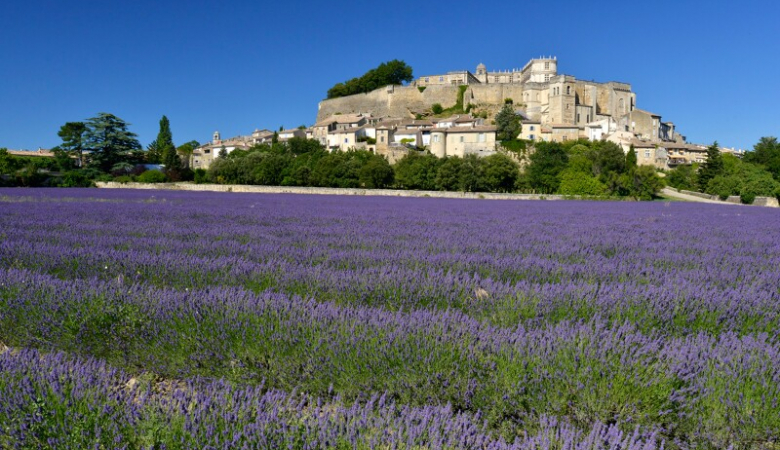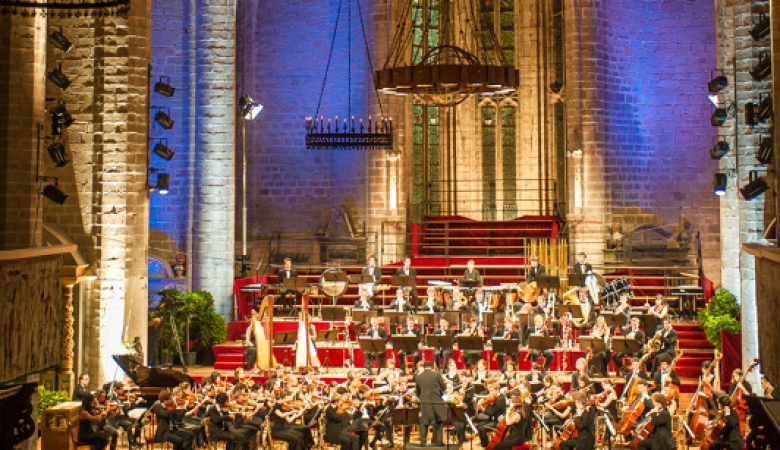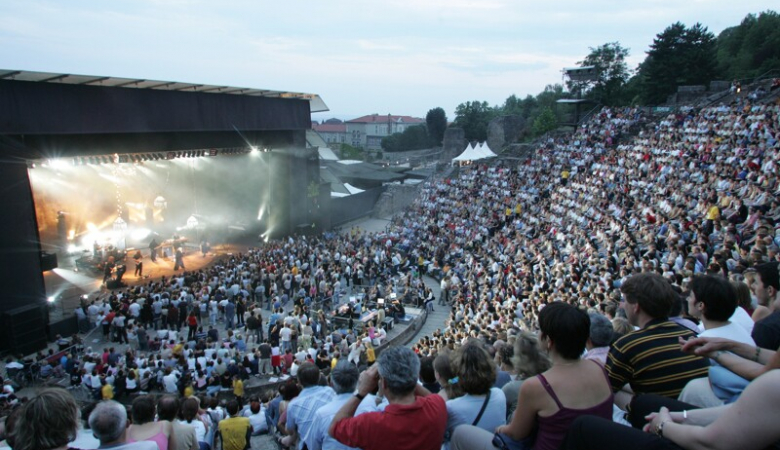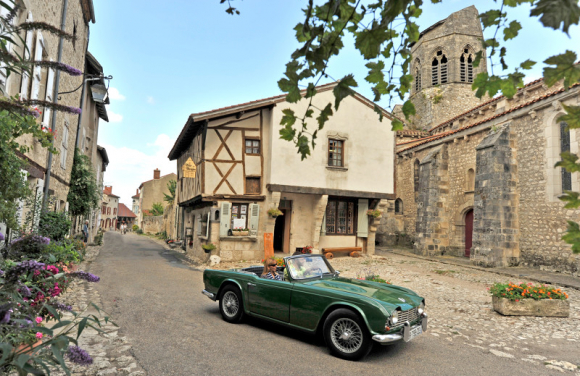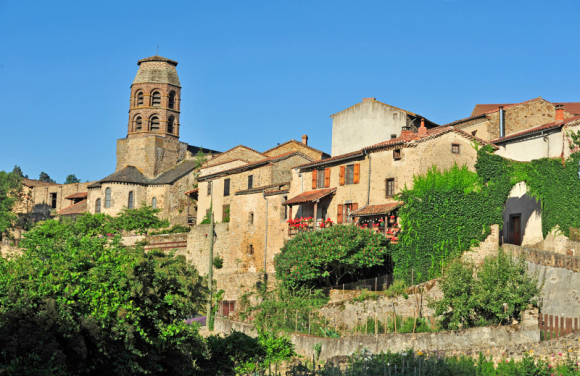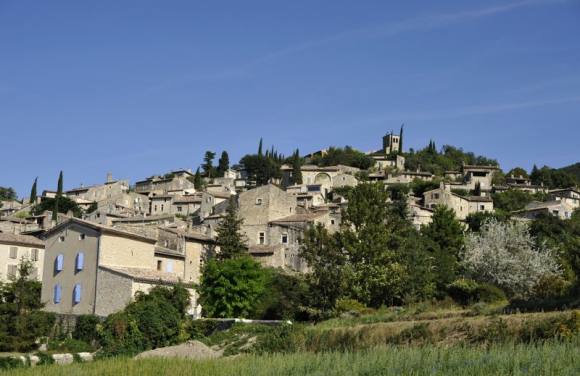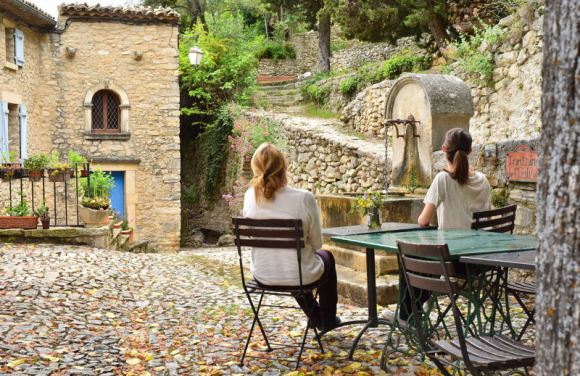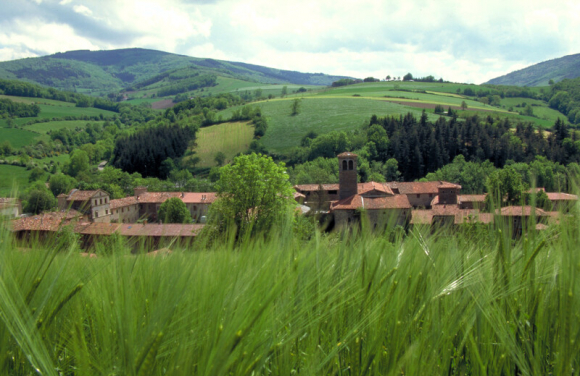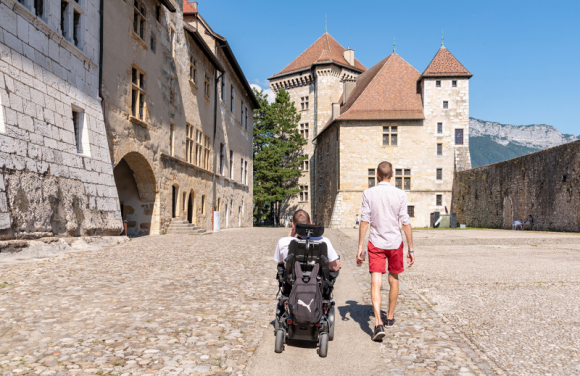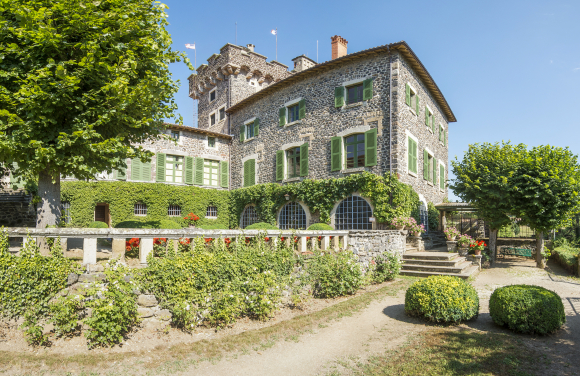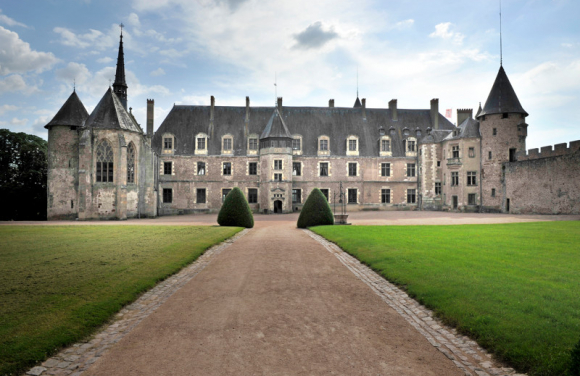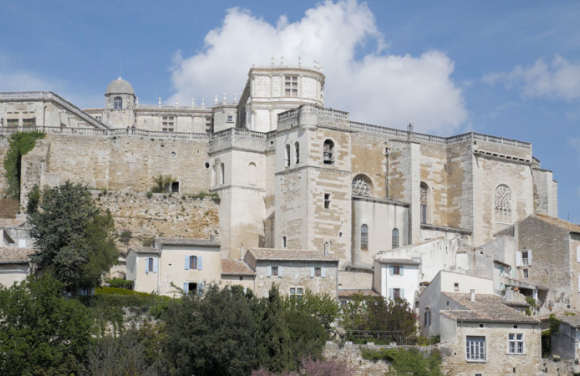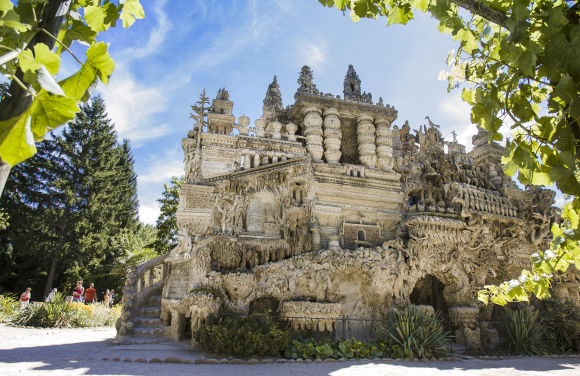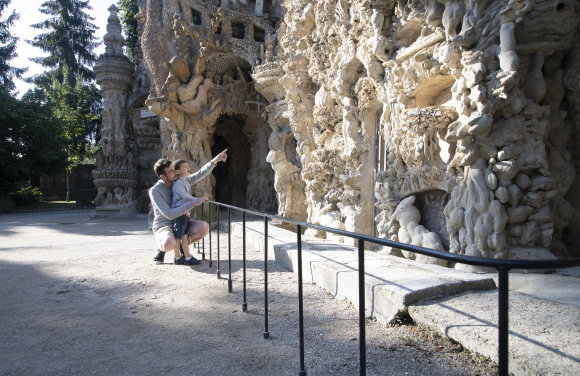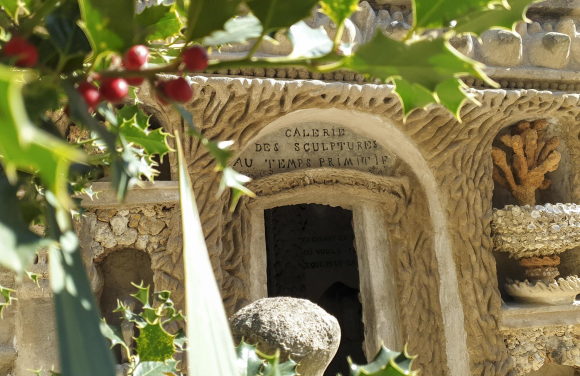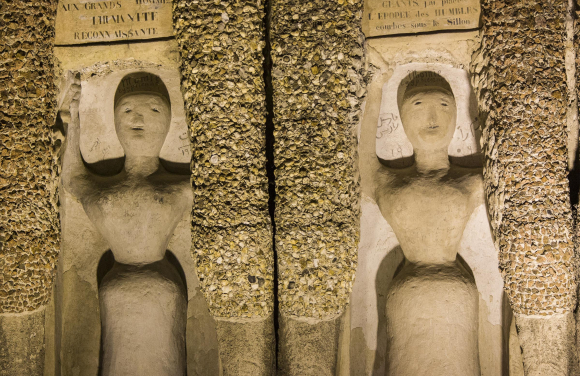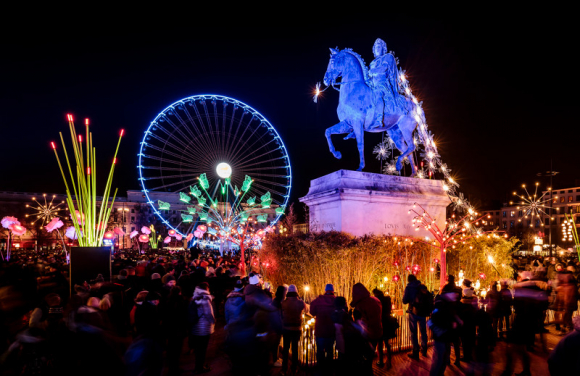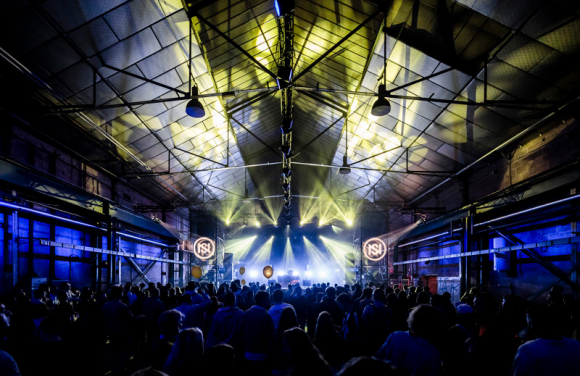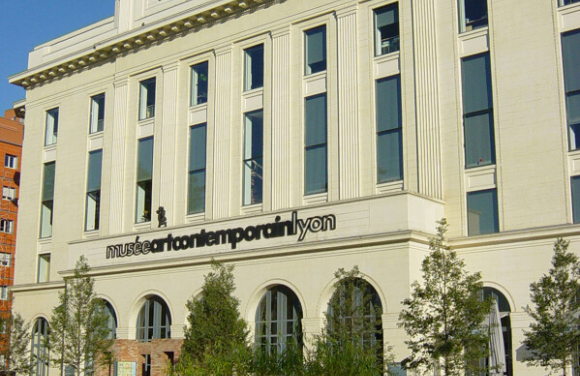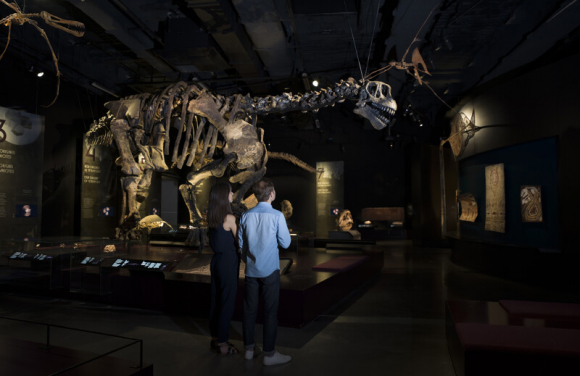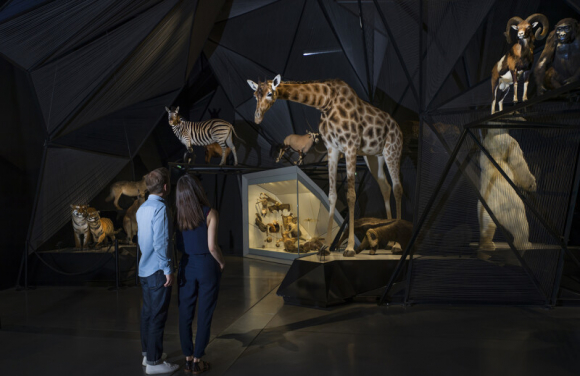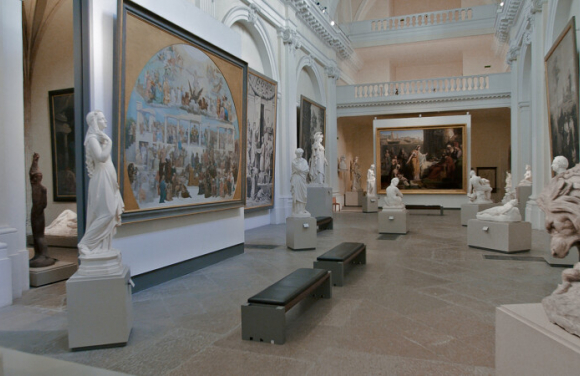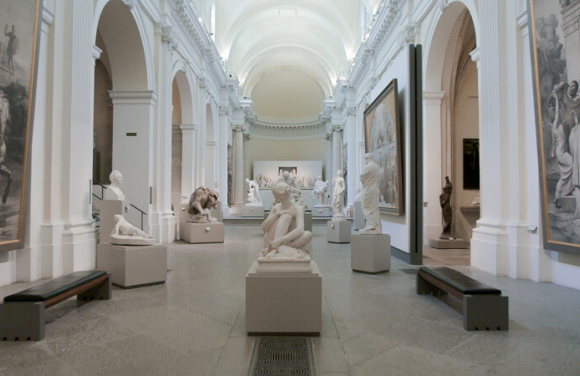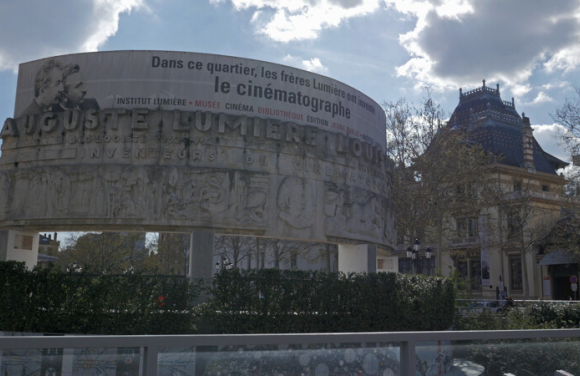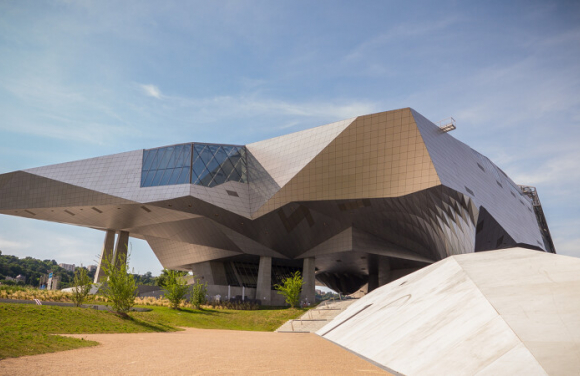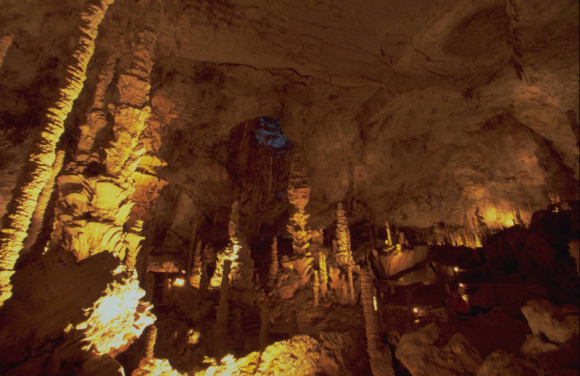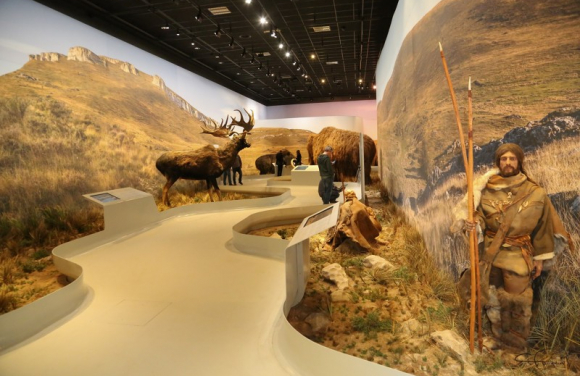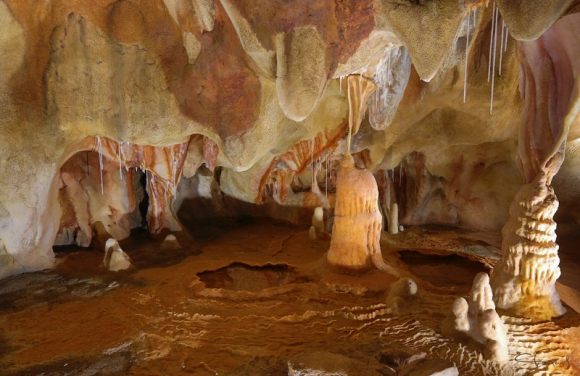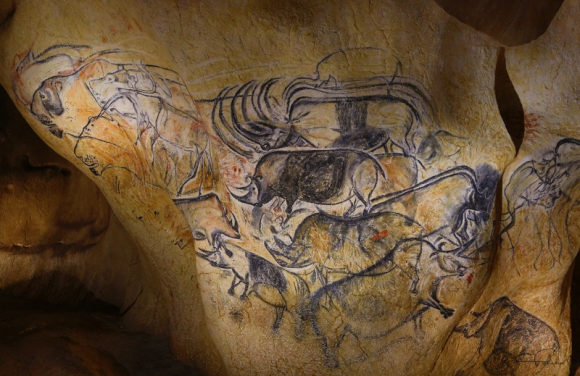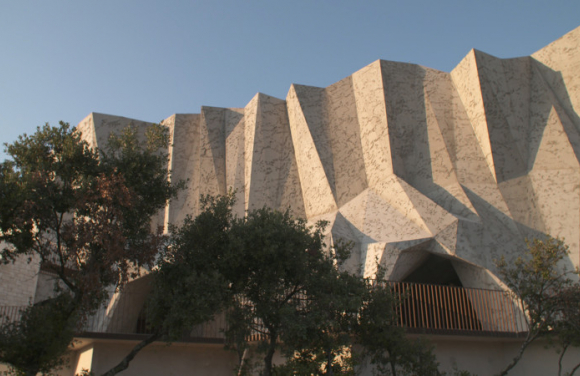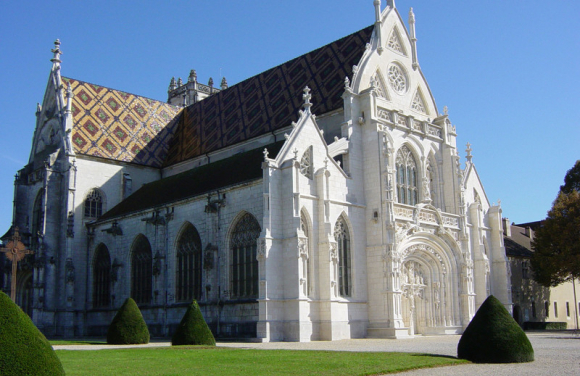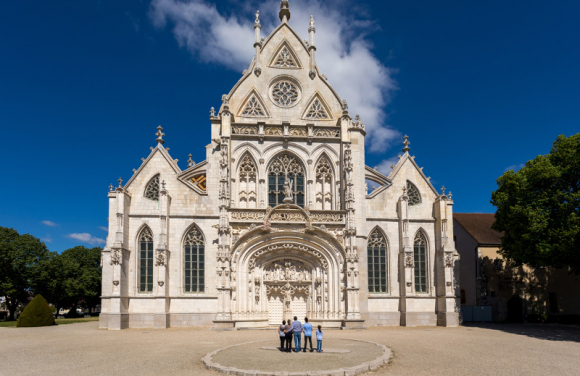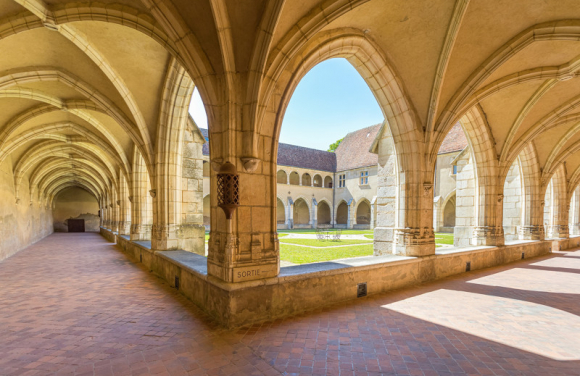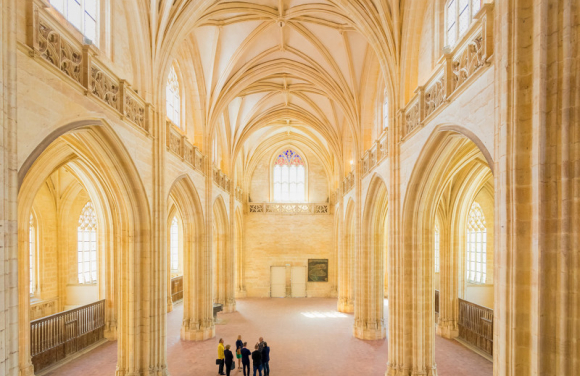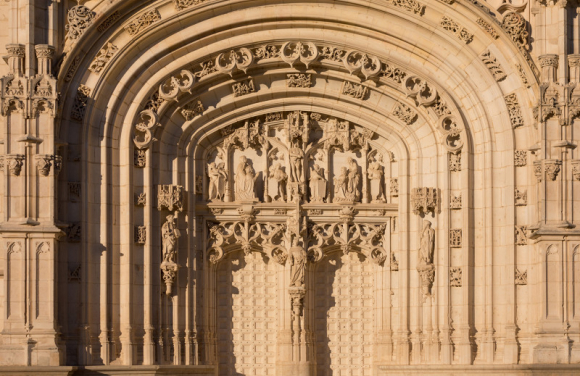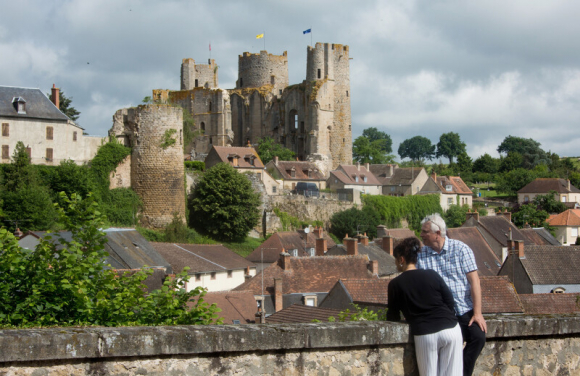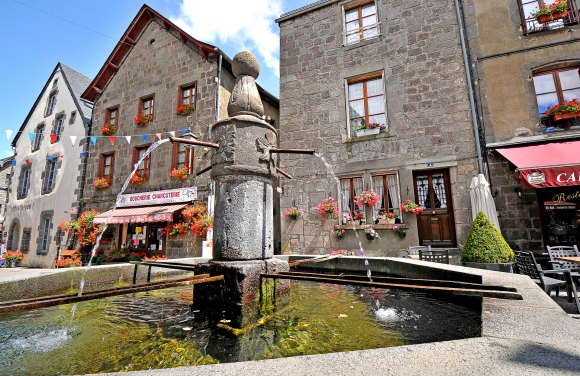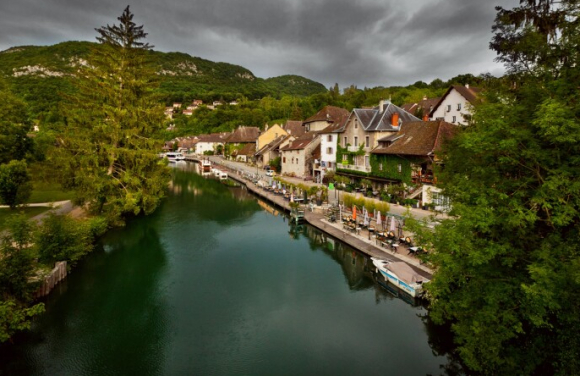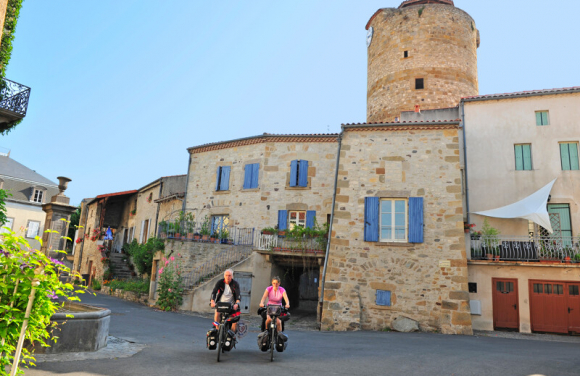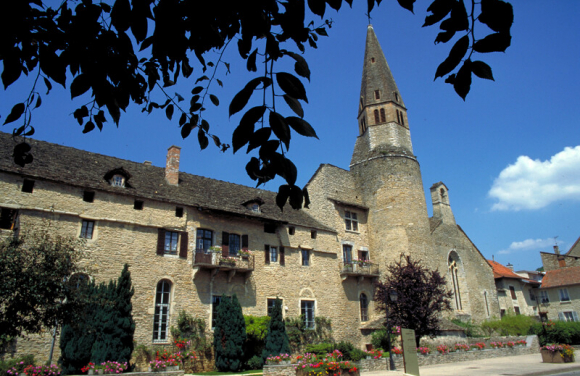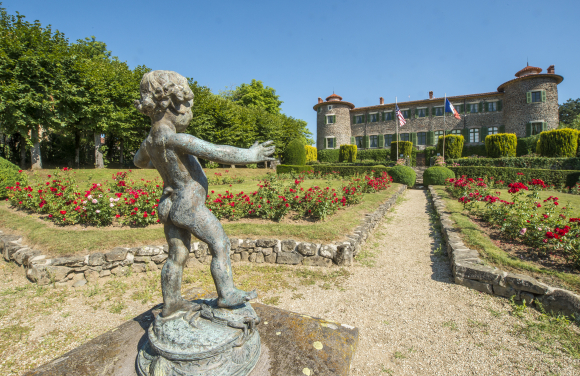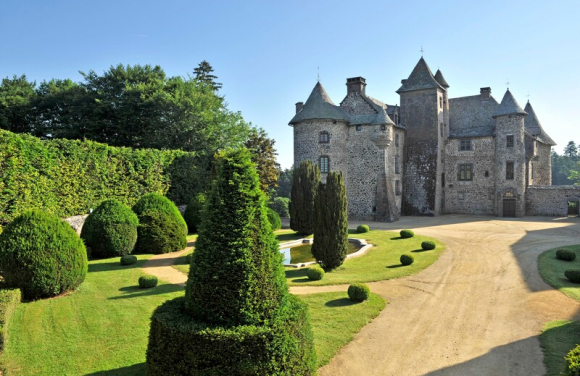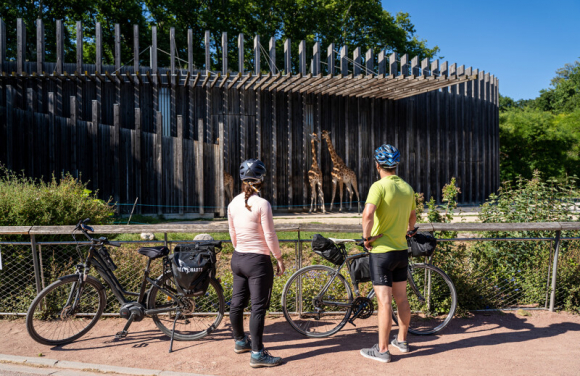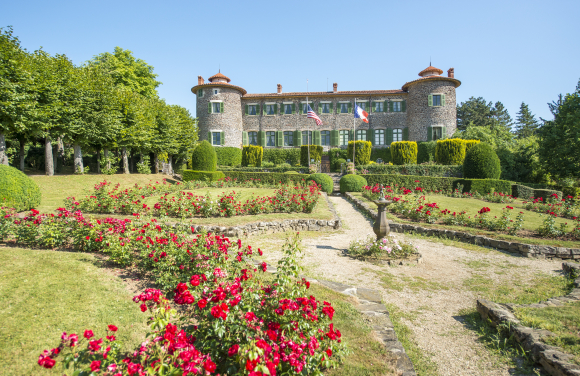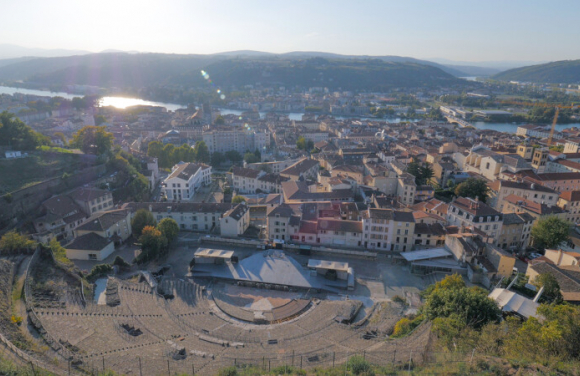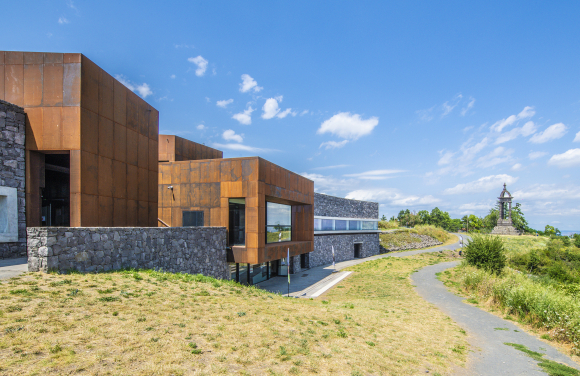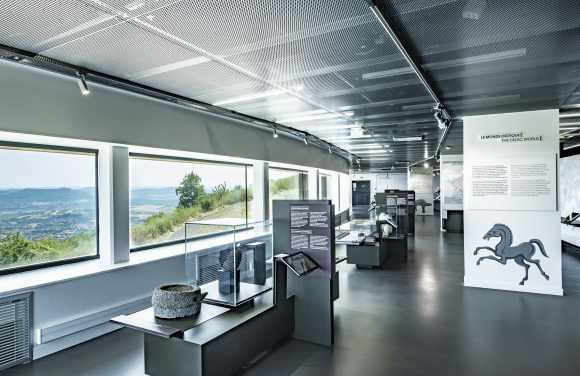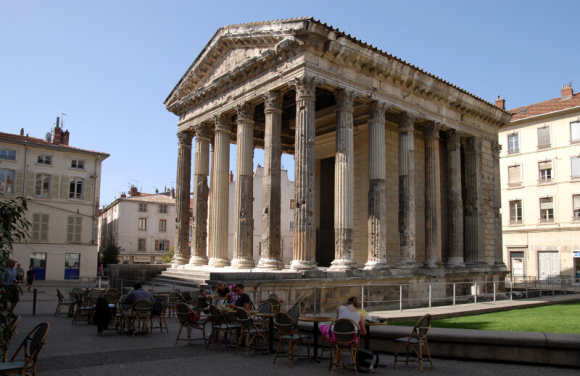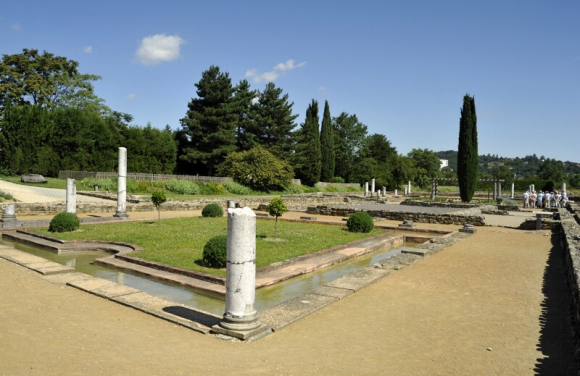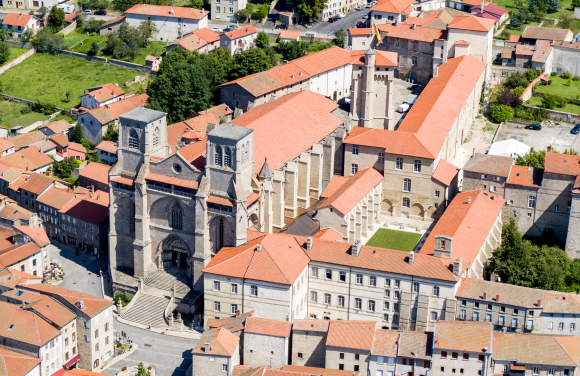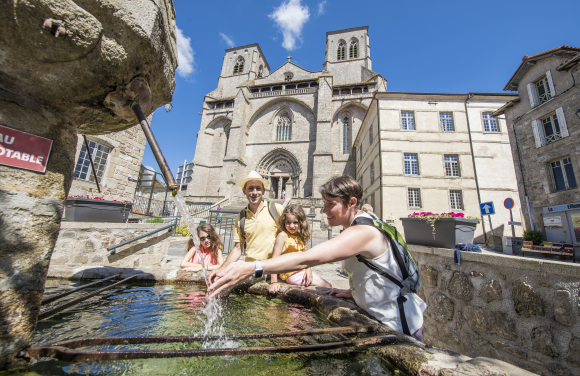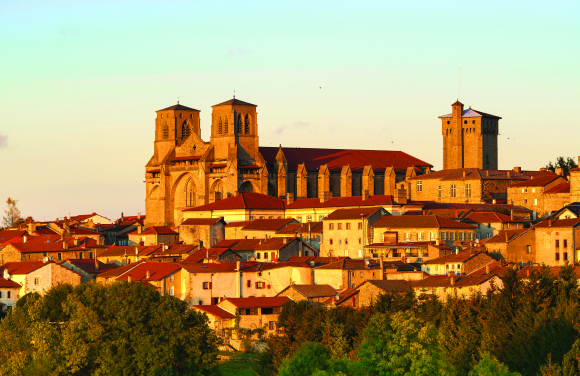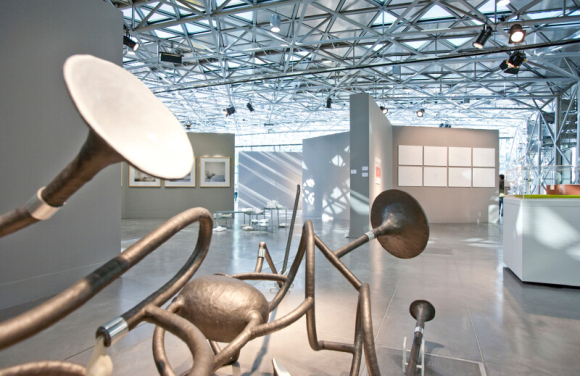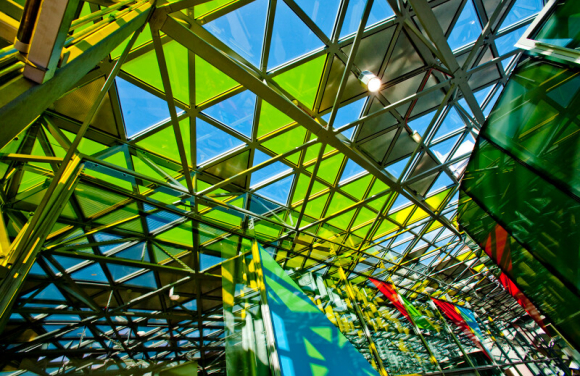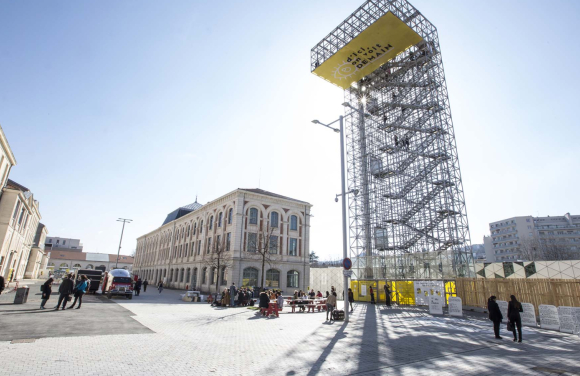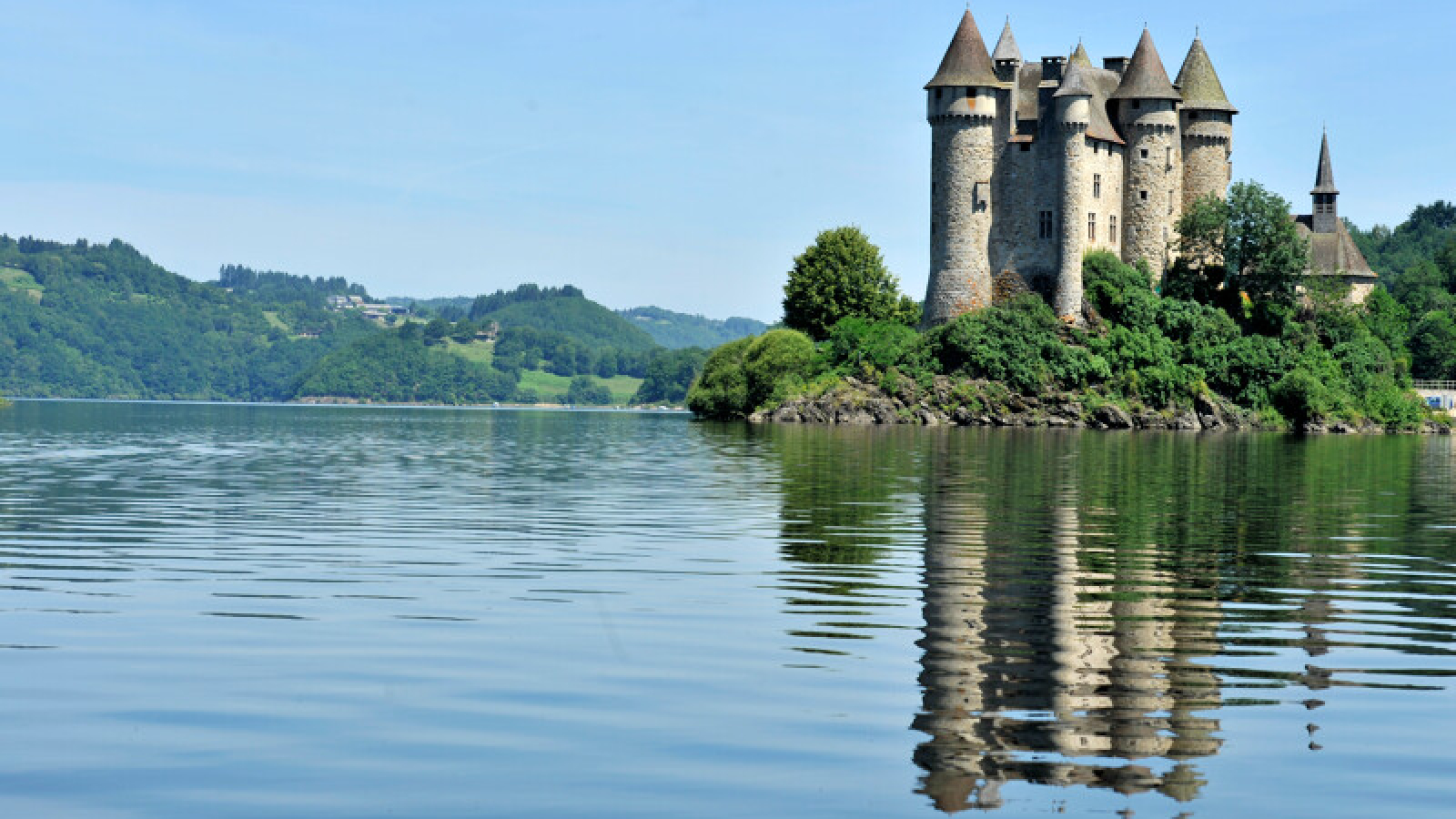
Heritage & culture
The density of cultural activities and heritage sites in the Auvergne-Rhône-Alpes region is an essential part of its attractiveness. An unsuspected heritage of wealth is recorded throughout the territory: 25 “Most Beautiful Villages of France”, 36 “Small Towns of Character”, 31 “Remarkable Gardens”, 9 UNESCO World Heritage Sites and countless buildings on the list of Historic Monuments…
2,000 years of history have built this remarkable heritage, from ancient remains to fortified castles, from masterpieces of Gothic art to the contemporary imagination. The museum offer reflects the same diversity, at the crossroads of all disciplines and all the arts. Anchored in this vast landscape, festivals and events punctuate the seasons and make the region a very vibrant cultural destination.
Major events
Key people
The "Most Beautiful Villages of France"
The 25 “Most Beautiful Villages of France” in the Auvergne Rhône-Alpes region all deserve their label in more than one way. Natural environment, built heritage, history, everything contributes to the endearing and unique character of these preserved places.
At the foot of the Col de l'Iseran, with its traditional chalets built at 1800 m in the middle of pastures, the village of Bonneval-sur-Arc in Haute-Maurienne is a real postcard decor, appreciated for its freshness and its alpine culture. On the buttress of the Pilat massif, Sainte-Croix-en-Jarez appears as a monument in the heart of the green landscapes of the Loire. This former Carthusian monastery, rehabilitated into housing after the revolution, has retained the originality of its architecture. While in Mirmande, built on the hillside, cypresses and pines already announce the south, the ancient medieval city of La Garde-Adhémar dominates the entire Rhône Valley from the top of its limestone spur.
Exceptional heritage stopping places in all seasons, these villages are atmospheric places with their narrow streets, their fountains but also their terraces, their shops of artists and craftsmen.
Fortified castles
Everywhere the territory is scattered with its castles. From the Alps to Auvergne via the Rhone Valley, majestic constructions mix centuries of history, architecture and illustrious epics.
As evidenced by the Musée-Château d'Annecy, which overlooks the historic center, a superb building dedicated to the city's collections and to the history of the monument. Erected in the middle of a 100 ha park 30 minutes from Grenoble, the Château de Vizille played a decisive role in the events of 1789. So he was predestined to host the Museum of the French Revolution.
f the Château de Grignan also preserves the memory of regional history, this museum in the Drôme Provençale is above all a spectacular site. Its terrace offers a remarkable point of view not to be missed! The Château de La Palice, between Moulins and Vichy, surprises with the sumptuous ceiling of its golden living room, a reborn masterpiece unique in Europe.
The Ideal Palace of Postman Cheval
Between sculpture and architecture, the unusual work of Joseph Ferdinand Cheval, known as the Facteur Cheval, has no equal! The fruit of an obsessive passion, this uninhabitable palace is an accumulation of stones, shells and lime mortar. A fascinating work done by one man in "93,000 hours, 10,000 days, 33 years" and completed in 1912.
The solitary factor gave free rein to his imagination and an abundant decor shapes this crazy project. Fountains, exotic bestiaries, mythological animals adorn facades, terraces and galleries. With its look of a Hindu temple, a mosque, a medieval castle or even a Swiss chalet, this unique work in the world is the palace of all dreams.
Land of culture, international festivals and major events
Unmissable events in cultural life, many festivals enjoy international notoriety. These strong moments of meetings and creation punctuate the seasons. Mix of genres and arts, there is something for everyone and all year round!
Auvergne hosts in the heart of winter the Clermont Ferrand International Short Film Festival, the world's largest event dedicated to this category of cinema, while every 8 December the traditional Lyon Festival of Lights illuminates the city and attracts crowds.
Musical programs abound, including the electronic movement of the Nuits Sonores de Lyon or the irreplaceable Jazz à Vienne evenings. For 75 years, Les Nuits de Fourvière have been celebrating the performing arts, for 36 years the Aurillac festival has been celebrating the street arts… The region's festive calendar also includes the sumptuous Lake Annecy festival, classical concerts of the Chaise-Dieu festival and others. Art and innovation also have an important place on the agenda with the eagerly awaited international design biennial of Saint-Etienne.
Museums in Lyon
If the museum offer in Lyon is particularly attractive and varied, 3 museums are among the high places of the cultural panorama of the metropolis.
The Musée des Confluences alone justifies the trip! Built at the meeting point of the Rhône and the Saône, its avant-garde architecture arouses as much curiosity as its collections and exhibitions. Over more than 3000 m², the course establishes a dialogue between the sciences to tell the world from its origins. An unforgettable experience classified 3 stars in the Michelin green guide as well as the Museum of Fine Arts. The latter is a journey through the arts from Egyptian antiquity to the contemporary period. The 70 rooms fitted out in the former 17th century convent house exceptional collections which make it the first museum in the Auvergne-Rhône-Alpes region.
Near the head of the Golden Park, the Museum of Contemporary Art, is renewed each exposure thanks to its modular spaces. Outside, works by renowned artists appear on the facade, on the roof and around the museum. It is in this place that the Biennale of Contemporary Art takes place.
The prehistoric caves of Ardèche
The geological heritage of the Ardèche includes important witnesses of prehistoric times, including 2 very famous major sites near its famous gorges.
The Chauvet 2 cave is the replica of a masterpiece dating back over 30,000 years, listed as a UNESCO heritage site. It thus offers a representation of the oldest cave art known to date.
Labeled Grand Site de France, the Aven d'Orgnac site includes the natural cave and the City of Prehistory . This ensemble is recognized for its spectacular underground landscapes with its gigantic rooms up to 30 m in height and the quality of its museographic space.
Royal Monastery of Brou, a jewel of Gothic art in France
Attached to the House of Savoy for several centuries, the town of Bourg-en-Bresse owes the grandeur of its architectural heritage to the renowned Royal Monastery of Brou. Marguerite of Austria, widow of the Duke of Savoy at the age of 24, had this illustrious building erected in homage to her late husband.
The church, the most accomplished expression of flamboyant Gothic in France, houses the famous tombs of the princess, of Philibert le Beau, her husband and her mother. These masterpieces are renowned for their decorations in real stone lace. All the convent buildings built around 3 cloisters constitute a remarkable architectural ensemble and a unique space for temporary exhibitions and shows.
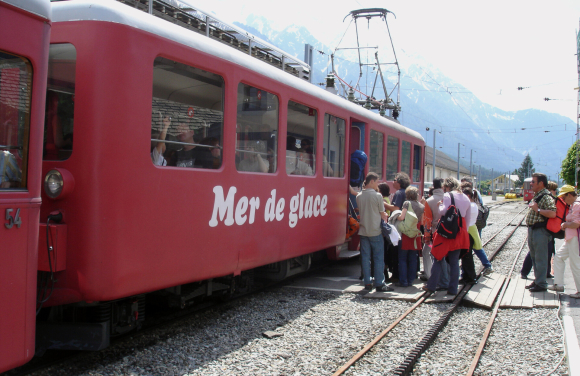
Discover the region on board of touristic trains
From the Puy de Dôme to the Mont Blanc, take a trip back in time and discover the region’s landscapes that are inaccessible by car on board of touristic trains!
Climb aboard the world-famous Montenvers train, this little red cogwheel train that will take you from Chamonix to the Mer de Glace, at an altitude of 1913 m, for an unforgettable 20-minute journey!
The Panoramic des Dômes train will take you effortlessly to the summit of the Puy de Dôme for an exceptional panorama of the volcanoes of the Chaîne des Puys and the Limagne fault. Of the 80 volcanoes listed as UNESCO World Heritage sites, only the Puy de Dôme is accessible to the general public thanks to the Panoramique des Dômes electric cog railway. It takes you up to an altitude of 1,465 metres in 15 minutes and offers a remarkable view of this geological site, which is unique in the world.
In the Auvergne, between Langeac and Langogne, wild volcanic gorges open up that no road goes along. Only the Cévennes line makes its way as close to the river as possible, aboard the Gorges de l’Allier touristic train. Its top speed does not exceed 30km/h and drops to 10km/h as you approach the most beautiful sites. Before your eyes: a parade of wild landscapes shaped by water and volcanoes. Relax, the tourist train takes care of everything. It’ll take you to beaches that are great for swimming, to discover great restaurants, or to the start of short hikes.
Take a trip back in time in the Ardèche, on board of the Mastrou, the 130-year-old train that runs to Lamastre! Covering the entire line, this historic journey offers an unforgettable experience from the inaccessible Gorges to the Haute Vallée du Doux, and allows you to join the Dolce Via, a 90km cycle route, giving you a loop on the ViaRhôna.
In the heart of a protected natural environment, the little train of La Mure in Isère runs on a railway line that is over one hundred and thirty years old, and traces the history of the anthracite mines, the beginnings of hydroelectricity and the boom in tourism. After an 11-year hiatus, the Petit Train de la Mure set off again in July 2021.
The shortest route between Paris and the Mediterranean is to take the Gentianne Express through the Massif Central! This mountain line features numerous engineering structures, including the splendid 57-metre-high Barajol Viaduct. Travel aboard classified railcars or draisines.
With its 42 km of viaducts, tunnels, streams and Livradois panoramas, the railway line linking Ambert and La Chaise-Dieu offers a diversity of unspoilt landscapes for the enjoyment of travellers and their families. Operated by the “AGRIVAP – Les Trains de la Découverte” association, it is currently one of the longest tourist lines in France. The Discovery Trains tourist line is located in the heart of the Livradois-Forez Regional Nature Park, between Clermont-Ferrand and Lyon.
Small Cities of Character
Villages, towns or atypical towns, the "Petites Cités de Caractère" (Small Cities of Character) are recognized for their remarkable heritage. There are no less than 36 municipalities in the region to preserve their memory between old stones and narrow streets. All welcoming, picturesque places to stroll and explore.
Located between the plain of Limagne and the Massif du Sancy, Besse-et-Saint-Anastaise is easily recognizable with its medieval constructions in lava stone, its red shutters, its church, its belfry and its castle. Nicknamed the city of three rocks, the city of Murat in Cantal owes much of its charm to its exceptional location between 3 ancient volcanic vents.
40 km from Lyon, the village of Crémieu has also preserved traces of a prestigious past as evidenced by the Market Hall or the Augustinian Convent and its cloister. The atmosphere is quite different in Chanaz on the banks of the Savière canal, north of Lac du Bourget. Village full of flowers, authentic and lively with its craft shops and local products.
The remarkable gardens
The Auvergne Rhône-Alpes region has 31 “jardins remarquables" (remarkable gardens), all labeled for their own identity, all of particular artistic, botanical, educational or historical interest.
Some gardens inspire relaxation, such as the Secret Gardens of Nicole and Alain Moumen, born out of a family history in the middle of the Savoyard landscapes of Vaulx. The 7000 m² of the domain are structured in a mosaic of atmospheres inviting a change of scenery. Others promote the experience, such as the Jardin des 5 sens in Yvoire on the shores of Lake Geneva. The garden is here designed to experience impressions: breathe in the scents, listen to the water, the wind or the birds, compare the textures of the leaves, taste, observe ...
The botanical garden of the Parc de la Tête d'Or in the center of Lyon constitutes a unique educational ensemble and a prodigious space for discoveries. Beyond the 1,000 species of orchids that they shelter, the greenhouses of collections classified as Historical Monuments, are in themselves worth the detour. The visit also includes the open-air garden with its historic rose garden, the alpine garden, the Madagascar greenhouse and the Ambert Farm.
As for the gardens of the Château de La Bâtisse, they belong to the historic gardens, modeled by the art of the gardens of the great century. Classic, measured, they have evolved over time preserving an harmonious balance between water features, clipped boxwood, labyrinth, rose garden ...
Gallo-Roman remains, 2,000 years ago
From the Gergovie plateau, an immortal memory of Gallic power, to the ancient ancient capitals, witnesses of Roman grandeur, rich remains highlight a pivotal period in history
In the heart of Auvergne, the Archaeological Museum of Gergovie illustrates Vercingétorix's victory over Caesar. A 600 m² space immerses visitors in the history of the battle, that of the Arvernes which then populated Gaul (and that of the volcanoes which surround it with an exceptional panoramic view!)
Located on the commercial axis of the Rhône, the capitals of Lugdunum and Vienne have preserved the monumental traces of their former prestige. Unique, the Lyon site brought together 2 theaters "the Grand Theater", the oldest in Roman Gaul, and the Odeon. The first with that of Vienna are among the 3 largest theaters in France.
In the center of Vienna , the temple dedicated to the emperor Augustus also attests to the influence of the city. A very large archaeological site still continues to deliver its secrets buried for 2,000 years, the in-situ museum sheds a fascinating light on the daily life of antiquity.
Abbey of the Chaise Dieu
There are only 4 abbeys in France classified 3 stars in the Michelin green guide and it is no coincidence that the Chaise-Dieu Abbey is one of them. Since 2020, at the end of a first phase of restoration, a visitor route reveals its unique character and its many treasures: the abbey church of Saint-Robert, its organs, its stalls, the tomb of Pope Clement VI, the paintings of the dance of death, the echo room, the cloister ...
The museography of the old Chapel of Notre Dame du Collège allows you to admire Flemish tapestries relating biblical scenes, 14 unique pieces in the world. Visiting this vast abbey complex is a rich experience.
Each year, the international classical music festival allows to appreciate its beauty and acoustics.
Saint-Étienne, UNESCO City of Design
Saint-Étienne has a rich history of modern industry, and is a land of creators and inventors. It is a city that is constantly changing, driven by a dynamic combination of art and industry.
Since 22 November 2010, it has been the only French city to join the network of UNESCO Creative Cities of Design.
The next edition of the Saint-Étienne International Design Biennial will take place... in 2025. A unique flagship event!
The biennial is built around exhibitions and strong points of view on design. It promotes contemporary design that is accessible to everyone, in a festive atmosphere punctuated by events, tours and workshops.
Since its inception, the biennial has continued to evolve, grow and be organised around a central objective: to democratise design, making it accessible to all audiences through a broad vision of the designer's profession and its many applications.
Supported by Saint-Étienne Métropole, the Cité du design 2025 project marks a new departure for Saint-Etienne's creative district. Undergoing an in-depth transformation, it will become a vibrant district, open to all, bringing together a new leisure and cultural centre and an international platform for innovation through design.

